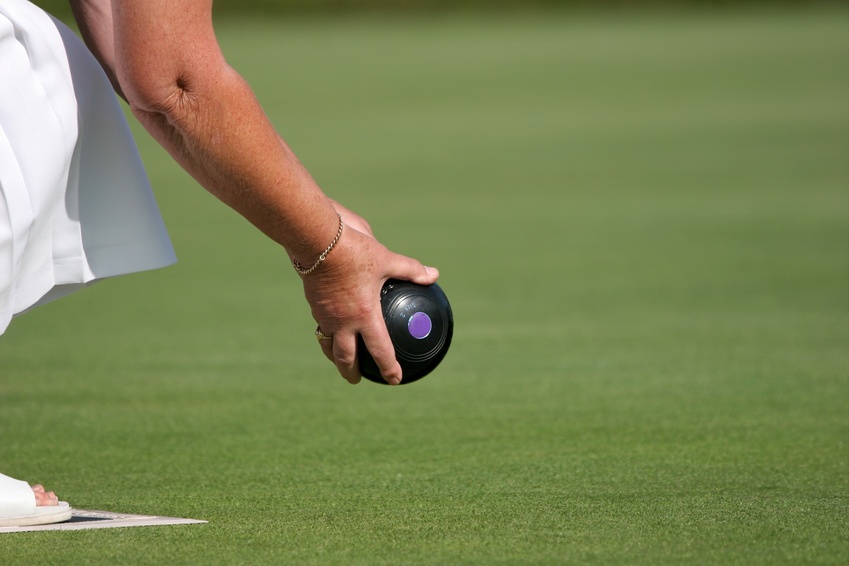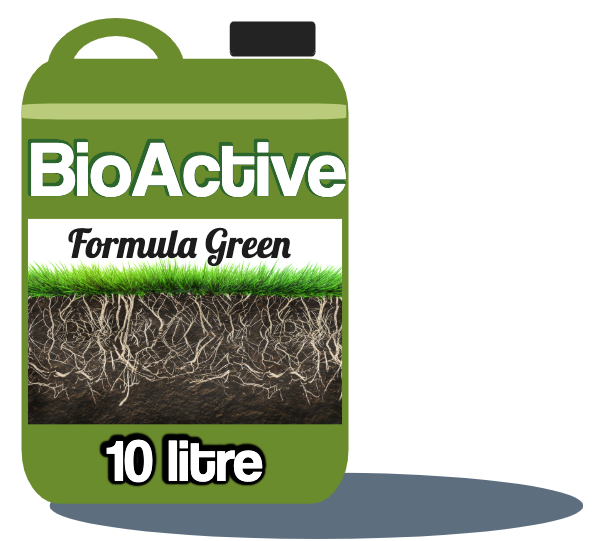By far the best selling of my eBooks available on this site is Performance Bowling Greens; it out sells all of the others by 10-1. Bowling green performance can seem a bit sketchy and hard to tie down to any sort of measurable parameter, but that's more to do with the lack of a joined up approach to the subject in the industry than it is a lack of measurable components. This article introduces the subject of the Performance Evaluation of the Bowling Green.





